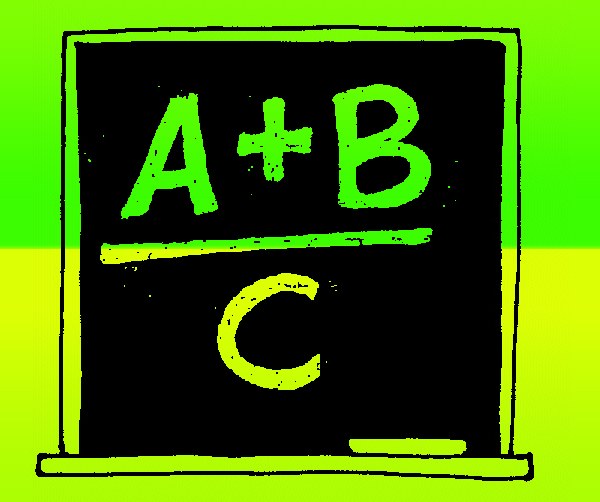Instruction
1
Start with finding common factor for expressions, standing in the numerator and denominator - this rule is the same for numerical ratios, and for containing the unknown variables. For example, if the numerator is the expression 45*X and the denominator 18*Y, the greatest common factor of the number 9. After this step, the numerator can be written as 9*5*X and the denominator is 9*2*Y.
2
If the expressions in the numerator and denominator contain a combination of basic mathematical operations (multiplication, division, addition and subtraction), you first have to put aside common factor for each of them individually, and then to extract from these numbers the greatest common divisor. For example, for the expression 45*X+180, standing in the numerator, the brackets should make the multiplier 45: 45*X+180 = 45*(X+4). And the expression 18+54*Y in the denominator we need to bring to mind 18*(1+3*Y). Then, as in the previous step, find the greatest common divisor of bracketed multiplier: 45 X+180 / 18+54*Y = 45*(X+4) / 18*(1+3*Y) = 9*5*(X+4) / 9*2*(1+3*Y). In this example, it is also equal nine.
3
Reduce found on the previous steps is a common factor of the expressions in the numerator and denominator. For example, from the first step in the entire operation simplification can be written as: 45*X / 18*Y = 9*5*X / 9*2*Y = 5*X / 2*Y.
4
It is not necessary to simplify reduce common divisor should be a number, it may be an expression containing a variable. For example, if the numerator of the fraction is (4*X + X*Y + 12 + 3*Y) and the denominator (X*Y + 3*Y - 7*X - 21), the greatest common divisor is the expression X+3, which should be reduced to simplify the expression: (4*X + X*Y + 12 + 3*Y) / (X*Y + 3*Y - 7*X - 21) = (X+3)*(4+Y) / (X+3)*(Y-7) = (4+Y) / (Y-7).
